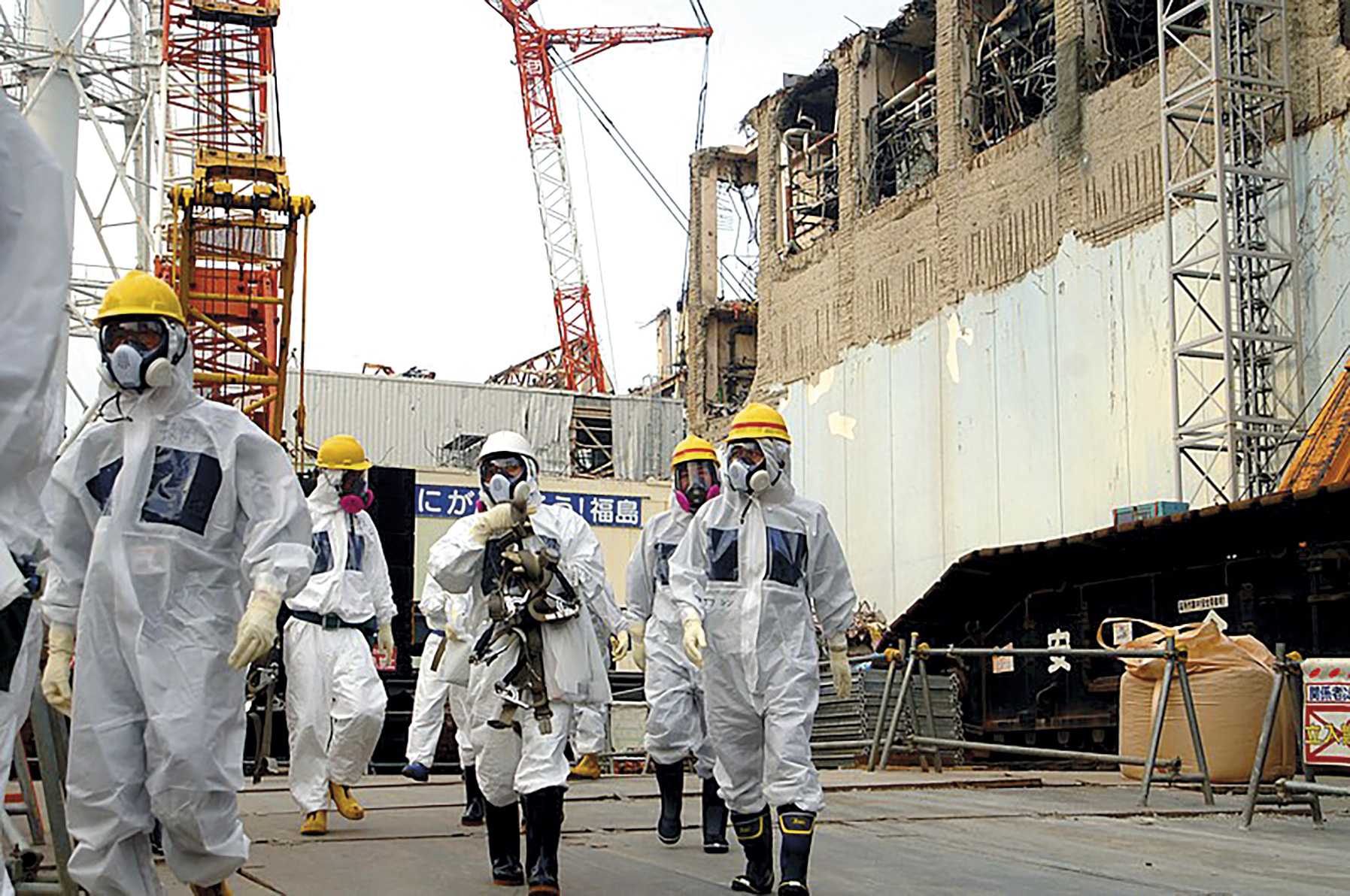Tritium diplomacy

The protest will gradually spread to the Pacific, in an operation that will be extended for several years from the following days, the waters contaminated by radiation accumulated during these twelve years (over one million cubic metres) at the Fukushima Daiichi nuclear power plant by the tsunami produced by a tsunami. The EEA (International Atomic Energy Agency), in its last inspection, has given the approval of run-off, because the risk is not so much and because it will be diluted in the largest ocean in the world. There has been a lot of criticism, but the decision is taken and the kilometre to be used for landfill is also ready.
After purifying the most harmful radioactive substances present in these contaminated waters used to cool damaged reactors, the main problem is now in the remaining tritium and CARBON-14. But especially in the first one. The official version says that its purification, economically and operationally, is practically impossible, while discharge into the sea is less dangerous due to the short duration of the half-life of the tritium: 12 years. The problem is not a waste, and the doctor will have the holy churches, better than me...
But the incident has a flank that has a bit of a scientist but a lot of a politician. Not only does the environmental movement reject dumping in principle (Japan's first), but also two nearby countries, South Korea and China, which have become deeply angry. And they have both announced, first of all, measures to prevent the importation of all the leathers that could come from the marine environment.
Pure opportunism? Don't believe. Or, at least, it wouldn't be just their own. Because the absolute silence of others is being both shy and expressive of these rejects. Canada and the United States.
Someone will say that they are both far from Japan, but anyone who takes into account the direction and characteristics of the North Pacific Current will immediately see that the triton water label that part of Fukushima will arrive earlier on the North American coast than on the Sea of Japan or East China. These dirty waters of Fukushima will take half a dozen years to reach North America, but they will arrive. Like those 1992 rubber ducts, but without highlighting any. On the way to the galleon of Urdaneta.
The United States and Canada know this, but they haven't talked about dumping. In “Indo-Pacific” Japanese fidelity had a price.
The Fukushima nuclear power plant exploded on 11 March 2011. The images that were broadcast on television perpetuated the moment of the explosion and the subsequent white cloud in the sky. In the news of the coming days and months Fukushima had special relevance, but the speed... [+]






















